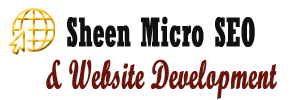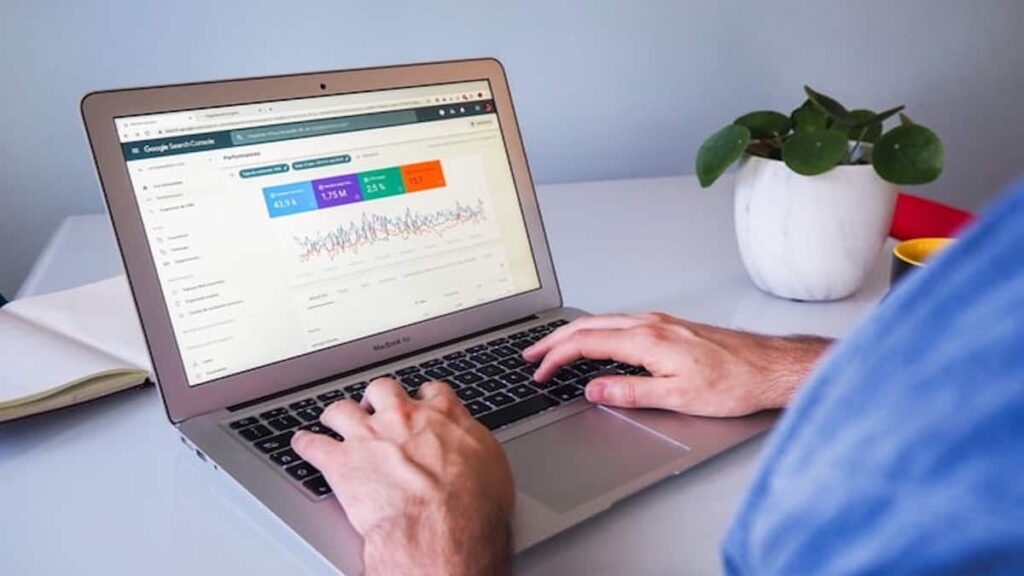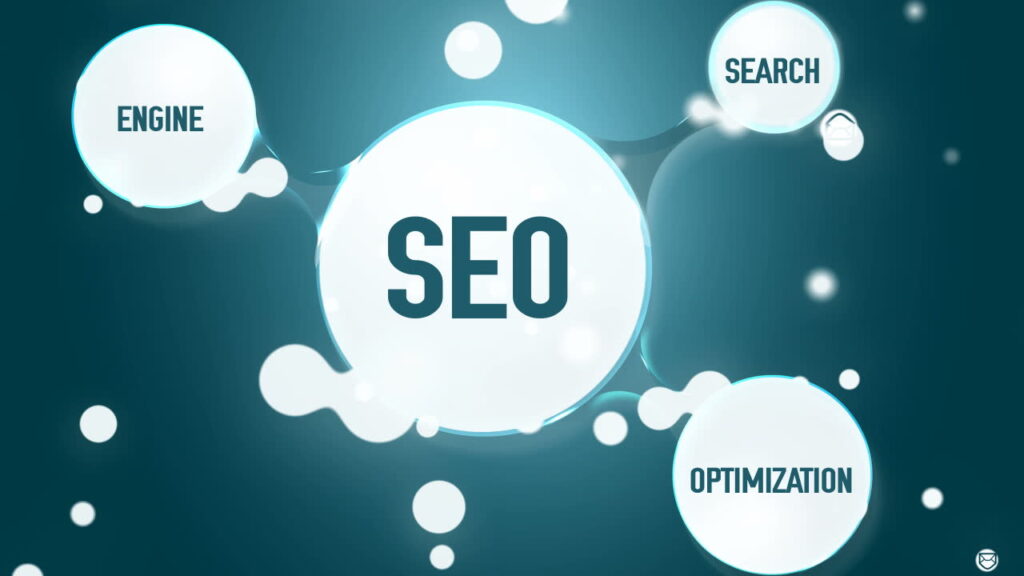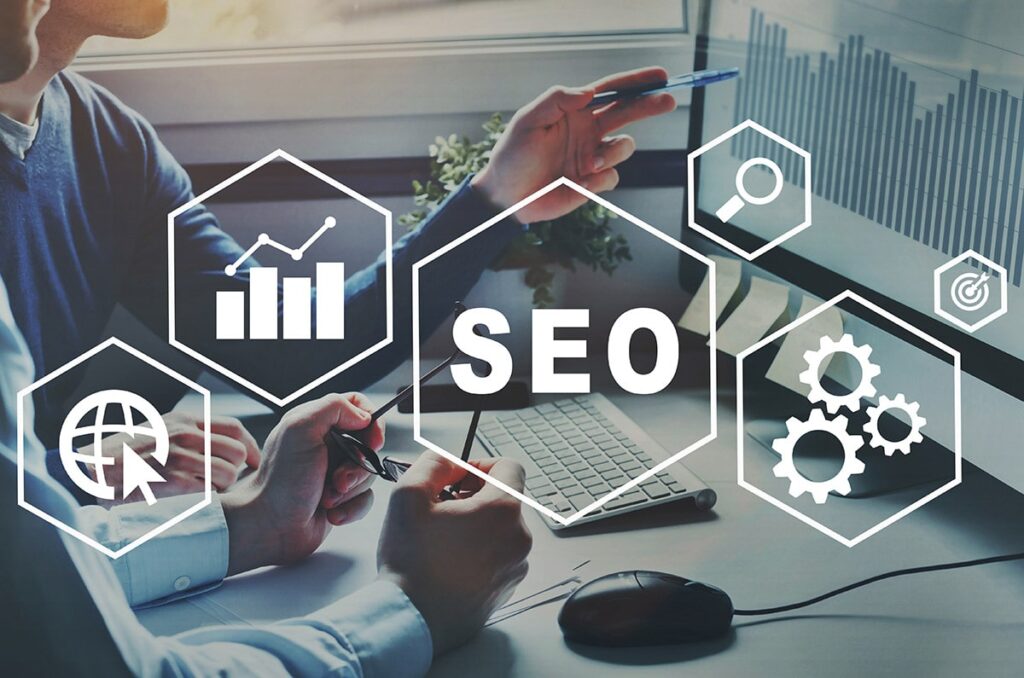SEO Optimalisatie vs. SEM: Which is Better for Your Business?
When it comes to online marketing, businesses often face the question of whether to focus on SEO (Search Engine Optimization) optimalisatie or SEM (Search Engine Marketing). Both strategies aim to increase website visibility and drive traffic, but they work in very different ways. In 2025, SEO and SEM are more important than ever, but choosing the right approach can be tricky depending on your business needs, goals, and resources.
In this article, we’ll compare SEO optimalisatie and SEM, exploring their benefits, challenges, and which is better suited for different business models. We’ll discuss how SEO strategies, such as content optimization, backlink building, user experience (UX), and mobile-first indexing, contribute to long-term success. We’ll also look at SEM, including paid ads and PPC (pay-per-click) campaigns, and examine which method delivers faster results. By the end of this guide, you’ll have a clear understanding of which strategy is most beneficial for your business and how to leverage both for optimal results.
1. Understanding SEO Optimalisatie vs. SEM
What is SEO Optimalisatie?
SEO optimalisatie refers to the practice of optimizing a website to improve its ranking in search engine results pages (SERPs) organically, without paying for advertisements. SEO includes various techniques, both on-page and off-page, such as content optimization, link building, mobile optimization, and improving user experience (UX).
The goal of SEO is to increase organic traffic, build authority, and generate sustainable, long-term results. It requires ongoing effort, but once your website begins ranking well for relevant search queries, the traffic it generates can be consistent and cost-effective.
Tip: Focus on creating high-quality, valuable content, and building an authoritative website through ethical link-building practices to improve your SEO ranking.
What is SEM?
SEM (Search Engine Marketing) is a paid advertising strategy designed to boost a website’s visibility through paid search engine ads. SEM includes strategies like PPC (pay-per-click) advertising, where businesses bid on keywords to appear at the top of search engine results. The goal of SEM is to drive immediate, targeted traffic to your website in exchange for a budget.
With SEM, businesses can target specific keywords, demographics, and geographic locations, making it an excellent option for businesses looking for quick visibility and lead generation.
Tip: If you need to see immediate results, SEM is a great option, but it requires a budget and may not be sustainable long-term compared to SEO.
2. SEO Optimalisatie: Long-Term Strategy for Sustainable Growth
Content Optimization
One of the most effective on-page SEO strategies is content optimization. By focusing on high-quality, keyword-optimized content that answers user queries and provides value, you can attract organic traffic that continues to grow over time.
Tip: Use semantic keywords, long-tail variations, and structure your content around user intent to ensure your website provides comprehensive answers. Also, make sure to optimize your headers, meta tags, and internal links.
Backlink Building
Off-page SEO, particularly link-building, is crucial for establishing your website’s authority. Backlinks from reputable websites signal to search engines that your content is credible and worth ranking.
Tip: Focus on acquiring backlinks from high-authority, relevant websites. Engaging in guest blogging, influencer partnerships, and creating shareable content can help build a strong backlink profile.
User Experience (UX) and Mobile Optimization
Google now considers UX as a ranking factor through Core Web Vitals, which measure the loading performance, interactivity, and visual stability of your website. Mobile-first indexing means Google uses the mobile version of your website for ranking, so mobile optimization is essential.
Tip: Improve page load speed, ensure a responsive design, and simplify navigation for a seamless experience across all devices. Google’s PageSpeed Insights tool is a great resource for checking your site’s performance.
3. SEM: Immediate Results with Paid Advertising
The Power of Paid Ads
Unlike SEO, SEM delivers quick results. When you run a PPC campaign, your ad appears at the top of search results immediately once your campaign is active, offering instant traffic to your website.
Tip: SEM is perfect for businesses that want immediate visibility or are running time-sensitive promotions. It’s also beneficial for targeting highly specific keywords and demographics.
Targeted Campaigns
One of the key advantages of SEM is the ability to target your audience based on their search behavior, location, device, and more. Paid ads allow businesses to reach the exact audience they want at the moment they’re searching for related products or services.
Tip: Use keyword research tools to identify high-converting keywords and set up campaigns based on geographic location, time of day, and demographics for a more targeted approach.
Budget Management and Control
With SEM, you control how much you spend and when you spend it. By setting a budget and bidding on keywords, you can manage your advertising expenses while targeting specific search terms that align with your business goals.
Tip: Start with a modest budget to test your ads and analyze which keywords are driving the best ROI. Once you find what works, scale your campaigns to increase traffic and conversions.
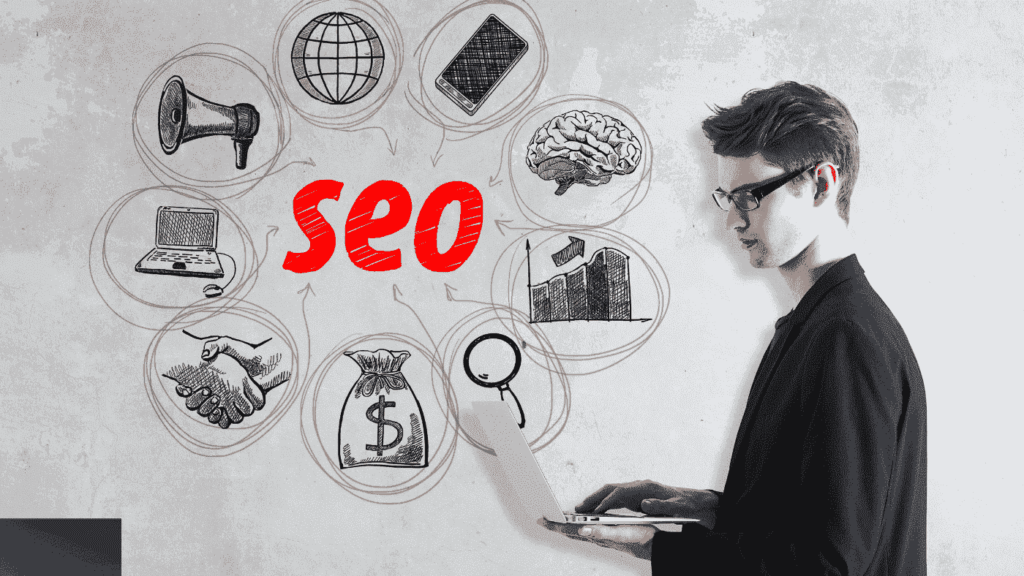
4. SEO vs. SEM: Pros and Cons
Pros of SEO
- Sustainable, Long-Term Traffic: Once you achieve strong rankings, you’ll continue to drive organic traffic without ongoing costs.
- Trust and Credibility: Organic listings are often viewed as more credible by users than paid ads.
- Cost-Effective: While SEO requires an investment of time and resources upfront, it can provide long-term, cost-free traffic once established.
Cons of SEO:
- Takes Time: SEO is a long-term strategy. It can take months to see significant results.
- Requires Ongoing Maintenance: SEO efforts need to be continually updated to stay competitive.
Pros of SEM
- Instant Results: SEM provides immediate visibility and traffic as soon as your ads are live.
- Targeted Campaigns: You can fine-tune your campaigns to reach specific audiences based on demographics, location, and behavior.
- Measurable ROI: SEM platforms provide detailed analytics, making it easy to track your return on investment (ROI).
Cons of SEM:
- Ongoing Costs: SEM requires a consistent budget, and once you stop paying, your visibility drops immediately.
- Can Be Expensive: Depending on the keywords you’re targeting, PPC campaigns can become costly, especially for competitive industries.
5. Combining SEO and SEM: The Best of Both Worlds
While SEO and SEM each have their advantages, using them in tandem can be highly effective. By combining organic SEO efforts with paid SEM campaigns, you can maximize visibility and drive traffic from both paid and organic sources.
When to Use SEO and SEM Together
- Short-Term vs. Long-Term Goals: Use SEM for quick visibility and immediate results, while building your SEO strategy for long-term growth.
- Complementing Each Other: Use SEO to build authority over time, while using SEM to target specific campaigns and high-converting keywords.
Tip: Analyze your results regularly to determine which strategy is driving the most valuable traffic, and adjust accordingly.
6. Summary & Actionable Checklist
SEO or SEM? Here’s How to Choose:
- If you want long-term, sustainable growth: Focus on SEO optimalisatie.
- If you need immediate traffic and results: Invest in SEM and PPC campaigns.
- Combine both strategies for the best results: Use SEO to build your authority and SEM for immediate visibility.
Actionable Checklist for Using SEO and SEM Together:
- Identify your business goals and decide if SEO or SEM is the best strategy or if both are needed.
- For SEO, focus on content optimization, backlink building, and improving UX.
- For SEM, create targeted PPC campaigns, manage your budget effectively, and track ROI.
- Continuously monitor and refine both strategies to maximize your website’s visibility and conversions.
Meta Description (150-160 words):
Explore the differences between SEO optimalisatie and SEM in 2025. Learn which strategy is best for your business and how to combine both for maximum results. Discover SEO techniques like content optimization, backlink building, and mobile-first indexing, and how SEM can provide immediate visibility through paid search campaigns. Whether you’re aiming for long-term growth or quick results, this article offers actionable tips to improve your website’s traffic and conversions.
releated:Dominating Digital: Elevate Your Adelaide Business with Strategic SEO Solutions
SEO Optimalisatie vs. SEM: Which is Better for Your Business? Read More »
